مقدمة
Choosing the right excavation equipment is crucial for the success of any construction project. This comprehensive guide aims to provide detailed information about different types of excavation equipment, their uses, features, and how to select the best equipment for your needs. Whether you’re a contractor, builder, or DIY enthusiast, understanding excavation equipment will help you make informed decisions and improve your project’s efficiency.
Types of Excavation Equipment
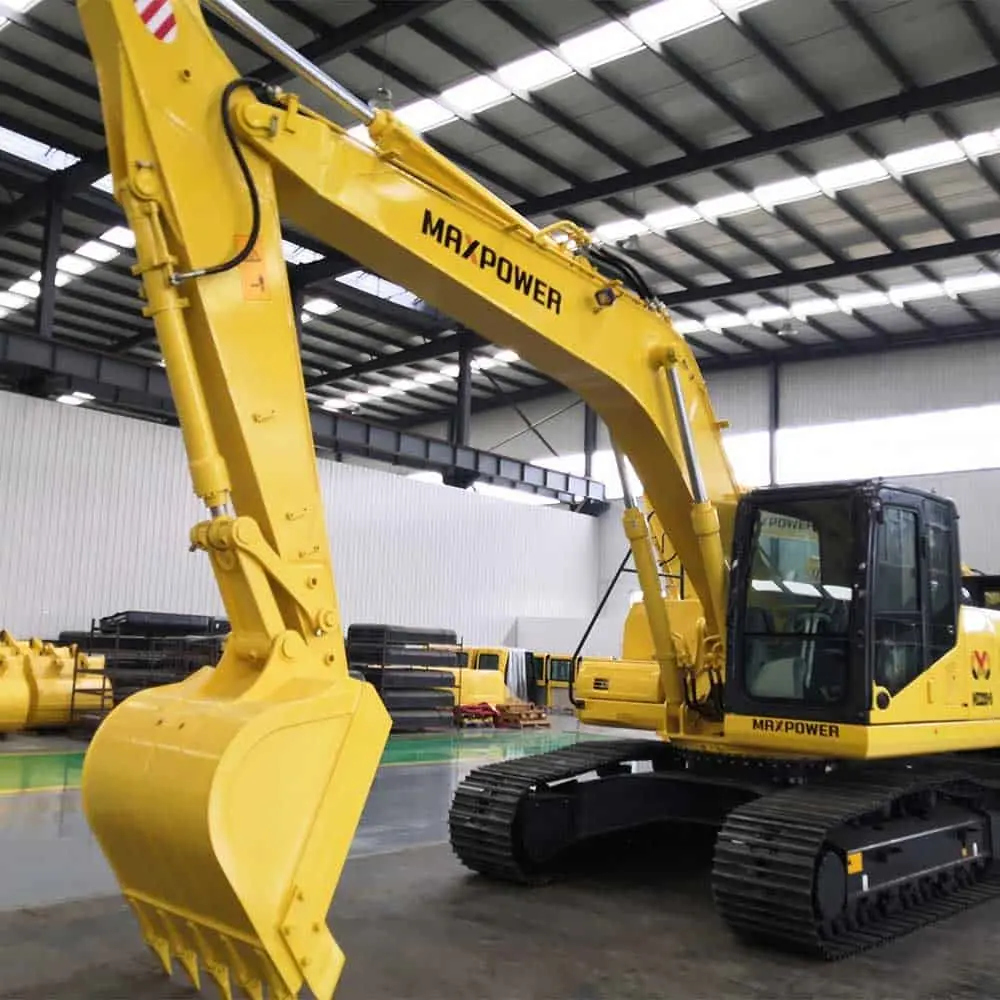
Excavation equipment comes in various forms, each designed for specific tasks. Here’s an overview of the most common types:
- حفارات: These are versatile machines used for digging, lifting, and moving soil and other materials.
- Backhoe Loaders: These combine a backhoe and a front loader, making them useful for small to medium-sized projects.
- الجرافات: Equipped with a large, flat blade, bulldozers are ideal for pushing large quantities of soil and debris.
- Skid Steer Loaders: These compact machines are great for projects requiring maneuverability in tight spaces.
- Trenchers: Designed specifically for digging trenches, these machines are essential for laying pipes and cables.
Key Features to Consider
When selecting excavation equipment, consider the following features to ensure you choose the right machine for your project:
- Power and Performance: The engine power and hydraulic system determine how efficiently the machine can perform heavy-duty tasks.
- Size and Weight: Depending on the job site constraints, you may need a compact machine or a larger, more powerful one.
- المرفقات: Versatility in attachments can enhance the functionality of the equipment, allowing it to perform multiple tasks.
- كفاءة الوقود: Machines with better fuel efficiency can help reduce operating costs.
- راحة المشغل: Features such as ergonomic seats, easy-to-use controls, and good visibility can improve operator efficiency and safety.
Excavation Equipment Maintenance
Proper maintenance is essential for ensuring the longevity and optimal performance of excavation equipment. Here are some maintenance tips:
- عمليات التفتيش المنتظمة: Conduct daily inspections to check for any signs of wear and tear, leaks, or other issues.
- Lubrication: Ensure all moving parts are adequately lubricated to prevent friction and wear.
- Filter Changes: Replace oil, fuel, and air filters regularly to maintain engine performance.
- Hydraulic System Care: Check hydraulic fluid levels and inspect hoses and connections for leaks.
- Storage: Store equipment in a dry, covered area to protect it from the elements when not in use.
Cost Analysis
Investing in excavation equipment can be a significant expense. Here’s a breakdown of the costs you might encounter:
| Equipment Type | Average Cost (USD) | Maintenance Cost (USD/Year) | Fuel Efficiency (Gal/Hour) |
|---|---|---|---|
| حفارات | 100,000 – 300,000 | 10,000 – 15,000 | 5 – 10 |
| Backhoe Loaders | 50,000 – 100,000 | 5,000 – 8,000 | 3 – 6 |
| الجرافات | 150,000 – 500,000 | 15,000 – 20,000 | 8 – 12 |
| Skid Steer Loaders | 20,000 – 60,000 | 2,000 – 4,000 | 2 – 4 |
| Trenchers | 10,000 – 50,000 | 1,500 – 3,000 | 1 – 3 |
Safety Considerations
Safety is paramount when operating excavation equipment. Here are some key safety practices:
- Training: Ensure operators are properly trained and certified.
- معدات الحماية الشخصية (PPE): Operators should wear appropriate PPE, including helmets, gloves, and safety glasses.
- Load Limits: Do not exceed the equipment’s load capacity.
- Clear Communication: Maintain clear communication among workers on-site.
- Emergency Protocols: Have emergency procedures in place and ensure all workers are familiar with them.
Advantages and Disadvantages
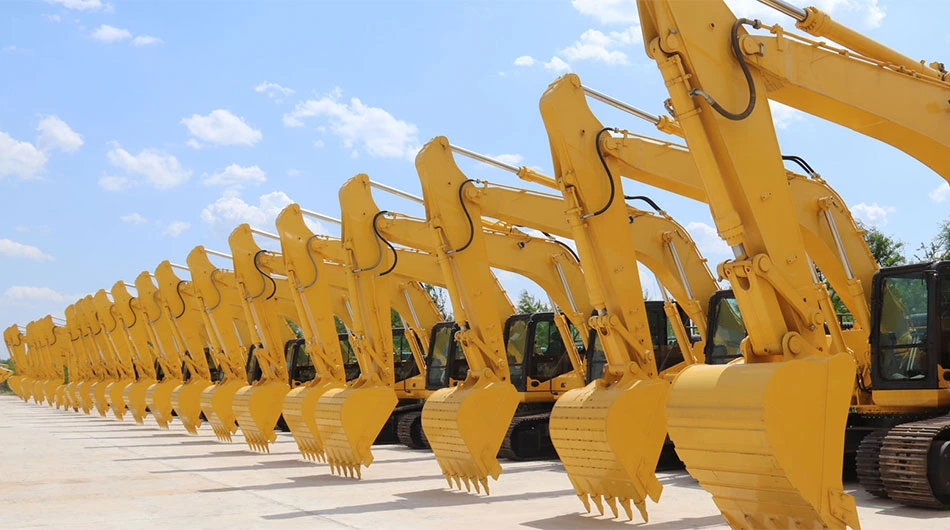
Understanding the pros and cons of different types of excavation equipment can help in making an informed decision:
| Equipment Type | Advantages | Disadvantages |
|---|---|---|
| حفارات | Versatile, powerful, and can handle heavy loads | Expensive and requires skilled operators |
| Backhoe Loaders | Multifunctional and relatively affordable | Limited capacity compared to larger machines |
| الجرافات | Excellent for large-scale soil and debris movement | High fuel consumption and large operating space needed |
| Skid Steer Loaders | Highly maneuverable and compact | Limited lifting capacity |
| Trenchers | Ideal for trench digging and efficient for specific tasks | Less versatile compared to other equipment |
خاتمة
Choosing the right excavation equipment involves understanding your project requirements, the specific tasks at hand, and the features of different types of machinery. By considering factors like power, size, attachments, and maintenance, you can select equipment that will enhance efficiency and safety on your job site. Regular maintenance and adherence to safety protocols will ensure the longevity and reliability of your equipment.
التعليمات
Q: What is the most versatile piece of excavation equipment?
A: Excavators are considered the most versatile due to their ability to handle a variety of tasks, including digging, lifting, and moving materials.
Q: How do I determine the right size of excavation equipment for my project?
A: Assess the scale of your project, the type of materials you’ll be handling, and the space constraints of your job site to determine the appropriate size of equipment.
Q: What are the benefits of renting excavation equipment instead of buying?
A: Renting can be more cost-effective for short-term projects, allows access to the latest equipment without large capital investment, and eliminates maintenance responsibilities.
Q: How often should excavation equipment be serviced?
A: Regular servicing should be conducted as per the manufacturer’s recommendations, typically every 250 to 500 hours of operation, or more frequently under heavy use conditions.
Q: What safety measures should be in place for operating excavation equipment?
A: Ensure operators are trained, use proper PPE, follow load limits, maintain clear communication, and have emergency protocols in place.


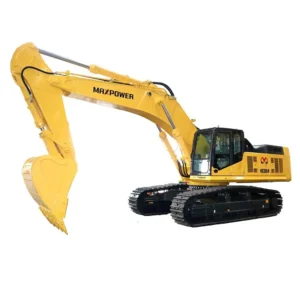

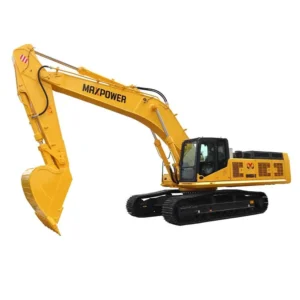
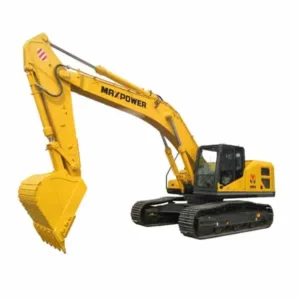
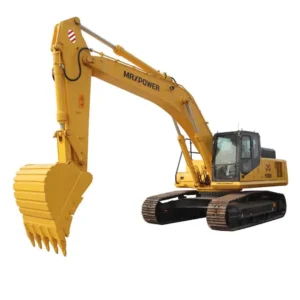
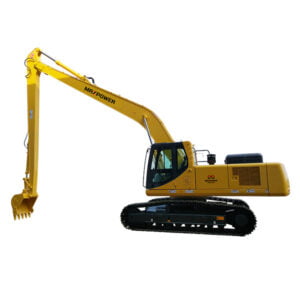
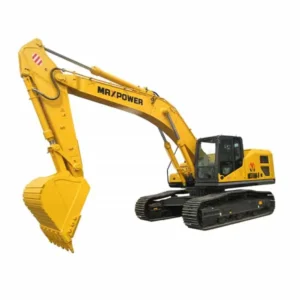







-150x150.webp)
